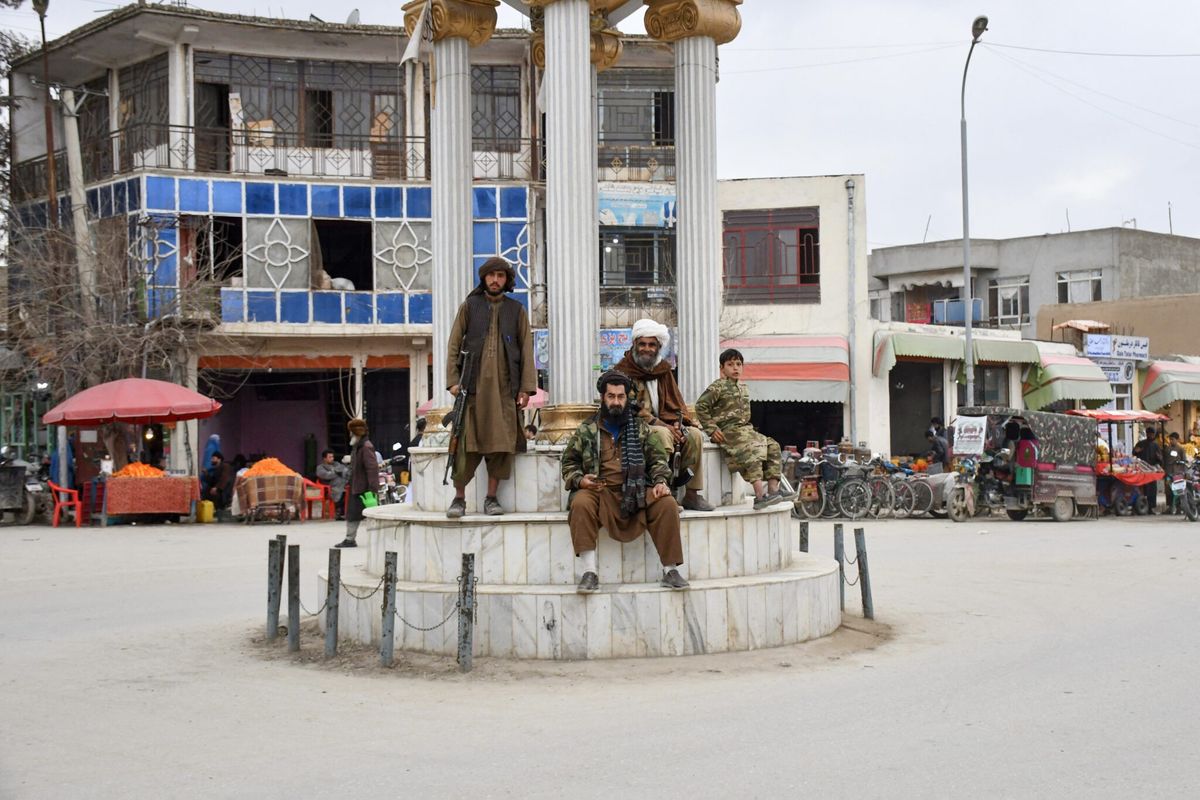One of the most daunting foreign policy tasks facing the Trump Administration is determining America’s path forward in Afghanistan. From the time he launched his campaign until assuming the Oval Office two weeks ago, U.S. President Donald Trump has shied away from outlining a vision for Afghanistan, which begs the question: how will the Trump Administration approach the longest war in U.S. history?
During his Senate confirmation hearing on January 12, U.S. Secretary of Defense James Mattis was asked, “What are the U.S. national security interests and objectives in Afghanistan, and what strategy do you recommend to achieve them?” His response, “We all remember what it felt like on 9/11 and 9/12. We should do what is necessary to prevent such an attack from occurring again.”
The U.S. mission in Afghanistan is primarily focused on two fronts: military and reconstruction. First, on the military side, U.S. troops in Afghanistan, currently numbered at around 8,400, continue to play a pivotal role in ensuring security and stability throughout the country by working alongside the Afghan Security Forces to combat threats posed by the Taliban, the Haqqani network, the Islamic State (ISIS), and other insurgent groups. To prevent Afghanistan from devolving back into a terrorist safe haven, the U.S. will almost certainly have to maintain units in Afghanistan for the foreseeable future.
“The country will probably fall to the Taliban in 30 days after we leave, causing a lot of people to wonder why we spent all that blood and treasure on Afghanistan,” explains Kevin Hulbert, Cipher Brief expert and former CIA Chief of Station.
According to Nicholas Morrow, Cipher Brief expert and former Special Assistant in the Office of the Secretary of Defense for Policy for Afghanistan, Pakistan, and Central Asia, “President Trump should immediately make a joint announcement with President Ashraf Ghani of Afghanistan that U.S. forces will remain in Afghanistan without a timeline for withdrawal,” as a means of ensuring that the U.S. mission in Afghanistan does not fall by the wayside.
“This will both send a signal to the Taliban that they cannot wait out a Trump Administration to achieve better negotiating terms and instill confidence in the Afghan forces and government by demonstrating America’s long-term commitment to their success,” asserts Morrow.
In addition to establishing its plan of action for U.S. armed forces in Afghanistan, the Trump Administration will need to address issues surrounding U.S. reconstruction efforts in the country. To date, Congress has appropriated approximately $115 billion dollars towards reconstruction projects in Afghanistan – not to mention the more than $600 billion spent on the war itself – but a significant portion of that money has not been accounted for and has disappeared from the record books.
“Oversight has been a problem since day one in Afghanistan, in part because we spent too much money too fast, and we just didn’t have the oversight capability,” says John Sopko, Special Inspector General for Afghanistan Reconstruction (SIGAR).
U.S. agencies have faced difficulty in accurately monitoring and reporting their spending, which has complicated matters especially as theft and corruption run rampant within the Afghan government. Streamlining oversight procedures could go a long way in cutting unnecessary investments and providing the Afghans with programs that they actually want, need, and can implement effectively.
“In Afghanistan corruption is endemic, it’s institutionalized, and there is a rental economy where people rent their jobs in the government, basically, so they can steal. We should have designed programs accordingly,” stated Sopko. “Oversight should be built into all of the programs and the agencies should provide effective and honest oversight as the first line of defense.”
As the Trump Administration considers its Afghanistan strategy, it has to take into account that a sustained U.S. military presence and reconstruction initiatives essentially go hand in hand. Without security, reconstruction endeavors in Afghanistan will amount to shell programs victimized by Taliban infiltration, and without reconstruction, Afghanistan will lack the infrastructure and institutions to keep militants out once the U.S. military eventually withdraws from the country.
Bennett Seftel is deputy director of editorial at The Cipher Brief. Follow him on Twitter @BennettSeftel.












